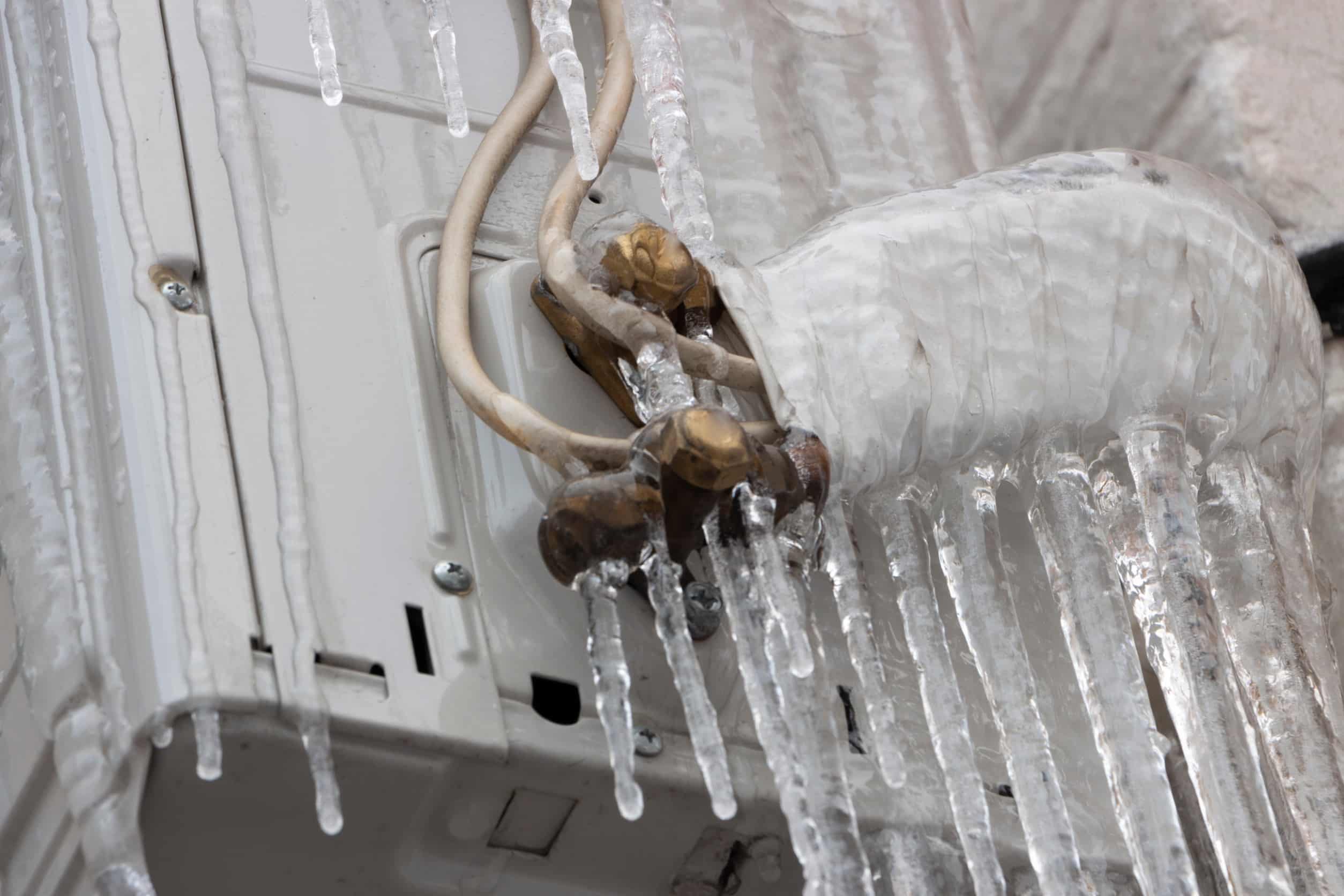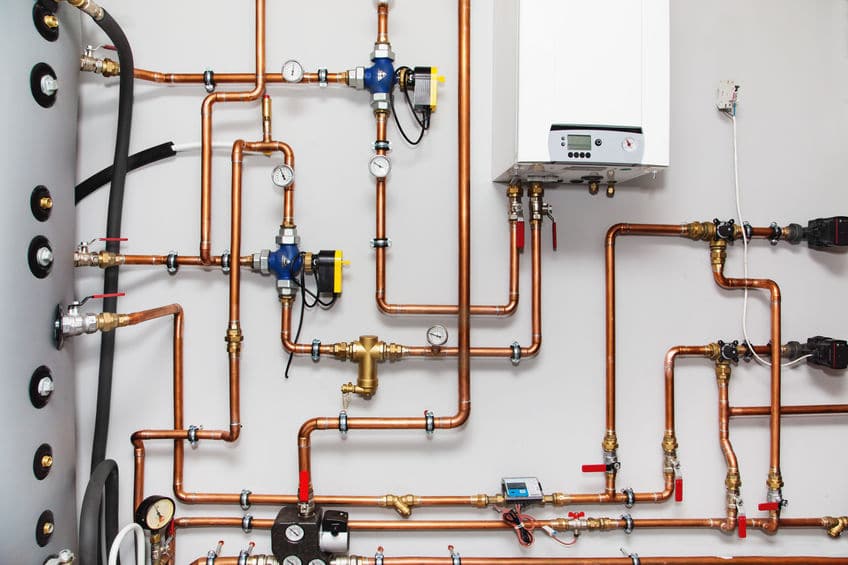Select the service type to get started.
During the cold months, the last thing you want to deal with is a broken heater. When a heating system problem occurs, the problem might not be easy to spot. This is why it’s best to call a professional when your heater stops working.
At Southern Air, we understand how frustrating it can be to deal with a faulty furnace. We’ve compiled a list of common problems and how you can find what’s causing your furnace trouble.
Heating systems are made of many complex components. When a problem occurs, it could be for many different reasons. Here are some of the most common issues your furnace might be experiencing.
A faulty thermostat can cause problems when it comes to producing heat. You might find that your home is too warm, or that your furnace is blowing out cool air. If you can’t find that happy medium, the thermostat might be to blame.
Thermostats are meant to regulate the amount of heat produced by your furnace. This helps prevent the system from overheating and causing internal damage. It also helps keep your home at a comfortable temperature.
It’s expected for thermostats to wear down over time, needing repairs or replacements. The problem may also be that it’s not programmed to the right temperature.
In some cases, the furnace isn’t the problem. It could be that you have incorrectly installed or designed ductwork. This element is almost as important as parts within the furnace.
When designed or installed wrong, ducts won’t be able to produce the proper airflow. This means your home won’t be thoroughly heated in some rooms. It could even lead to short cycling, in which your heater turns on and off frequently.
Improper airflow might even result in your HVAC system overheating. This can cause damage to internal parts or a complete breakdown. Furnace repair is much cheaper than a furnace installation, so this is one problem you’ll want to be aware of.
The blower capacitor starts your heater when the thermostat instructs it to. It looks like a large battery and is usually visible on the outside of the appliance. Even if this is the only damaged part, the heater will fail to turn on.
Like other capacitors, the blower capacitor has a tolerance level. If the tolerance level is lower than a specific level, then the blower won’t achieve the correct RPM (revolutions per minute). This then results in the furnace not starting.
A dead capacitor can result in a blower malfunction, which is an expensive repair. Capacitor failure is a common problem, but a costly one if left alone.
Air filters help keep your home’s air clean by filtering out debris such as:
Filters that are not changed every three months will become clogged and dirty. This could lead to your furnace struggling to blow out air or not blowing out air at all. It could block vital airflow, which is another way your furnace may overheat.
As with ductwork, clogged filters reduce airflow, which can result in short cycling. Short cycling and clogged filters put a strain on your HVAC system, which might end up costing you later.
Finally, the most common reason your heater isn’t working is that it’s had poor or no maintenance. This issue is one HVAC technicians see the most. If you haven’t had a tune-up performed on your heater in a while, it could result in major problems.
During tune-ups, technicians inspect all moving parts of your HVAC system. If they spot a problem, they’ll address it there and then. If they suspect a problem may occur in the future, they’ll nip it in the bud.
Tune-ups are also the perfect time for certain parts to get cleaned. Air filters can be replaced, and ductwork can be examined. All this ensures your system is working efficiently. Without this necessary service, you could experience a complete system shutdown.
If you experience furnace problems or suspect something isn’t working properly, there are some troubleshooting steps you can take before calling a technician.
If you aren’t a seasoned technician, you may not be able to spot the problem right away. These simple steps can help solve small problems. They can also determine where the issue may lie, so it will be easy for a technician to know what to check first.
Aside from tampering with the thermostat and replacing the air filter, there isn’t much you can do when your furnace is experiencing major issues. Furnaces can be dangerous if you don’t know what you’re doing. It’s best to call an HVAC company if you suspect your furnace needs a repair or replacement.
Southern Air is dedicated to great service. We offer central Louisiana heater replacements and repairs. Contact us today for our 24/7 emergency heater repair services!
How Can We Help You Today?


Winter Preparation In Central Louisiana Winter should be a time for enjoying the holidays, not worrying about your heating system...

Louisiana Heating Company Offering Stellar Furnace Repair Services! Have you ever come home to a strange, burning smell? Having an...

Considering a heat pump, but need to learn more about them? That’s what we’re here for! Here are just five...
